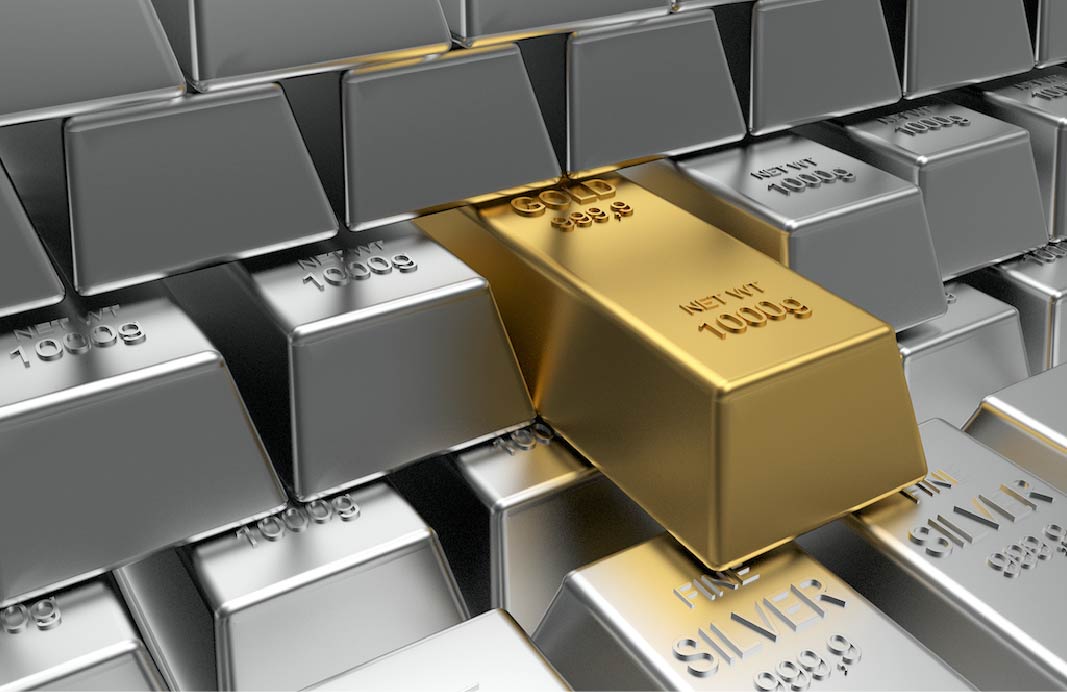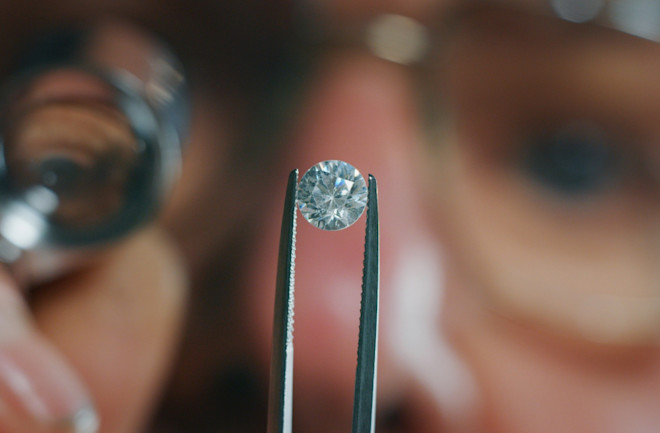When considering investments in precious metals, the debate often centers around is gold or silver a better investment and silver. Both have served as a store of value for centuries, yet they exhibit distinct characteristics that can impact their investment viability. In this comprehensive exploration, we will analyze the strengths and weaknesses of both metals, helping investors make an informed decision.
Table of Contents
Understanding Gold and Silver Investments
Gold and silver are often seen as safe-haven assets, especially during times of economic uncertainty. They tend to retain their value better than traditional fiat currencies. However, their price movements can vary significantly based on market conditions, industrial demand, and geopolitical factors.
Historical Context
Gold has long been viewed as a symbol of wealth and a reliable investment. Its historical significance dates back thousands of years, with various cultures using it as currency. Silver, while also valuable, has a different history, often being used for practical applications, including currency and jewelry. The historical context of these metals influences current perceptions and investment decisions.
The Case for Gold
1. Value Stability
Gold is often seen as a more stable investment compared to silver. Its price is less volatile, making it an attractive option for investors seeking long-term wealth preservation. Historically, gold has outperformed silver during economic downturns, making it a reliable hedge against inflation and currency devaluation.
2. Liquidity
Gold is highly liquid, meaning it can be easily bought and sold in various forms, including coins, bars, and ETFs. This liquidity provides investors with flexibility and access to their investments when needed. The global demand for gold ensures that it remains a sought-after asset, making it easier to liquidate than silver.
3. Industrial Demand
While gold has limited industrial uses, its value primarily stems from its rarity and historical significance. This characteristic helps protect it from fluctuations in industrial demand. In contrast, silver has a significant industrial component, which can impact its price based on economic conditions.
The Case for Silver
1. Affordability
One of silver’s most appealing attributes is its affordability. Silver prices are generally lower than gold, making it an attractive option for investors on a budget. This lower entry point allows individuals to invest in precious metals without significant financial commitment.
2. Industrial Demand
Silver has a wide range of industrial applications, including electronics, solar panels, and medical devices. This industrial demand can drive price increases, particularly in booming sectors. As technology continues to advance, the demand for silver may rise, providing potential for capital appreciation.
3. Higher Volatility and Potential for Returns
While silver is more volatile than gold, this volatility can present opportunities for higher returns. Investors who are willing to navigate the ups and downs of silver prices may find significant profit potential. This aspect can be appealing for those with a higher risk tolerance.
Comparing Gold and Silver: Key Metrics
1. Market Performance
In recent years, gold has consistently outperformed silver in terms of price appreciation. However, silver has experienced more dramatic price swings, which can create investment opportunities. Understanding these performance metrics is crucial for making informed decisions.
2. Supply and Demand Dynamics
The supply and demand for both metals significantly influence their prices. Gold is relatively scarce, with mining rates not keeping pace with global demand. Conversely, silver’s supply can be affected by industrial demand fluctuations, which can create additional price pressure.
3. Economic Indicators
Economic indicators, including inflation rates, interest rates, and currency strength, play a vital role in determining the investment viability of both gold and silver. Investors should keep a close eye on these indicators to gauge potential price movements.
Investment Strategies: Gold vs. Silver
1. Diversification
A well-balanced investment portfolio often includes a mix of both gold and silver. By diversifying across these metals, investors can hedge against volatility and enhance their potential for returns. Each metal can play a unique role in a comprehensive investment strategy.
2. Timing the Market
Timing can significantly impact investment outcomes. Given silver’s higher volatility, investors may choose to buy during price dips or sell when prices surge. In contrast, gold investments may be viewed as long-term holdings, providing stability over time.
3. Physical vs. Paper Assets
Investors can choose between physical metals, such as coins and bars, and paper assets like ETFs. Physical gold and silver provide a tangible asset that can be held, while paper assets offer liquidity and ease of transaction. Each option has its benefits and drawbacks, and the choice largely depends on individual investment goals.
Conclusion: Making the Right Investment Choice
In the debate of gold buyers versus silver, there is no one-size-fits-all answer. Both metals offer unique advantages and potential risks. Gold may provide stability and liquidity, making it an ideal choice for conservative investors. On the other hand, silver presents affordability and potential for higher returns, appealing to those willing to embrace risk.




